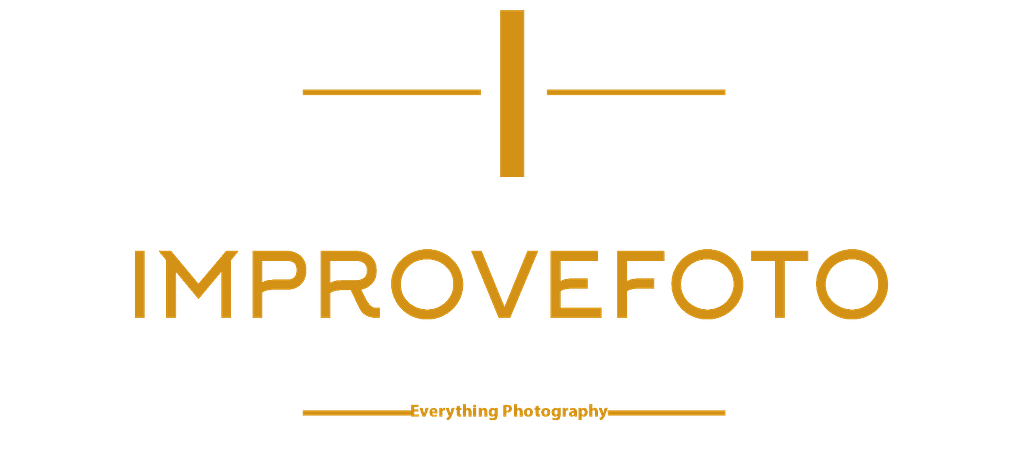One of the problems that beginners face when they start to dive deeper into photography is to decide whether to use JPEG or RAW file formats. Jpeg or Raw which format is better? The answer to this question is as complicated as the question itself. Both file formats have their advantages and disadvantages hence; choosing between the two depends on what your end goal is. What you are going to do with the photo will determine if you use jpeg or raw. To help you make this decision, we will discuss what jpeg and raw file formats are so you can make an informed decision on what file format to choose.
Jpeg
The main difference between jpeg and raw files is compression. Jpegs are compressed files as opposed to raw files which are uncompressed raw files. For those that are technical, jpeg uses a lossy compression method instead of a lossless compression to approximate the original file. This method of compression poses a challenge, especially to photographers who use post-production software to develop their images. To shrink the file, by using a lossy compression method, some of the data in the original file is discarded. The discarded file information cannot be retrieved; hence, what you can do with jpeg files in post-production is limited. It is, therefore, vital to remember when converting an image to jpeg, that discarded data is lost forever.
Raw
A raw file, on the other hand, has all the information intact. An image shot in a raw file format is untouched by the camera; hence, raw files are referred to as digital negative as they need developing in software. These files also tend to larger as they contain all the data captured by the sensor.
Unlike jpeg, raw files come in a variety of formats depending on the camera that captured the image. For Nikon cameras, their Raw format is NEF while Cannon is CRW or CR2 and so on. Note that you cannot view Raw images shot with a Nikon camera on a Canon camera and vice versa. The camera brand that shot the raw image is the only camera that can display the image. The same applies to proprietory post-production camera software such as Nikon Viewnx or Sony Viewer software.
Nevertheless, post-production software such as Adobe Lightroom or Photoshop does support many proprietary raw file formats. There is also an option for converting the raw file to Adobe’s raw file format called DNG. This raw file format is highly compatible with most post-production software and is becoming the universal raw file format to store images.

Which file format to choose
Jpeg or Raw which file format is better then? As indicated in the intro, it all depends on your end goal. Raw files are suitable for photographers that heavily edit their images in post-production software. Shooting in raw is ideal in this situation since Raw files contain all the data; hence, they can be “pushed” in post-production without any degradation to the picture. Amature photographers can also benefit from shooting in raw as they can fix problems such as exposure without introducing issues like noise.
The drawback to raw files is that they are big; consequently, they take a lot of hard drive space. Raw files also require post-production software to ‘develop’ and convert them into widely accepted file formats. This kind of software is not cheap. Although most cameras, come with proprietary software, most of this software is limited in its capability. Hence the need for more expensive software such as Adobe Photoshop and Adobe Lightroom (to learn how to use Lightroom click here), Capture One and others.
Advantages of using jpeg
On the other hand, jpegs do not necessarily need special software. They can be opened and viewed on virtually any device without installing any special software. Making them a more manageable file format than Raw files.
The size of jpegs is another advantage. Jpeg files are smaller; therefore, they do not demand a lot of computer power, such as memory to process them. The small size of jpeg also means that they do not take a lot of disk space on the hard drive.

The sRGB colour space that jpegs use makes them more accessible and faster to share and ideal for posting online. The sRGB colour space is recognized worldwide as the default colour space. It is also the colour space used online to display images. Therefore jpeg image can be shared straight from the camera without any post-production.
But….
Jpegs are simple files, easy to manage, and a time saver. When taking photos in Jpeg format, the camera does most of the post-production work, such as sharpening and colour adjustment. Although this in-camera ‘post-production’ is time-saving, it poses a problem with creativity. As note above, Jpeg conversion is a lossy compression method; hence, the changes made to the image by the camera can be challenging to undo. For example, in Adobe Lightroom, you cannot change the colour profile or white balance of a Jpeg file.
Jpeg or Raw which file format is better? Both of them and none of them. They are both better in one situation and worse in others. Therefore the photographer will determine what file format is better depending on the photographers’ needs.
- Adobe Firefly: Artificial Intelligence Revolution - April 4, 2023
- Why Lumina Neo Is Worth Buying - June 20, 2022
- Galaxy S22 Ultra: Camera Phone for Photographers - April 13, 2022

